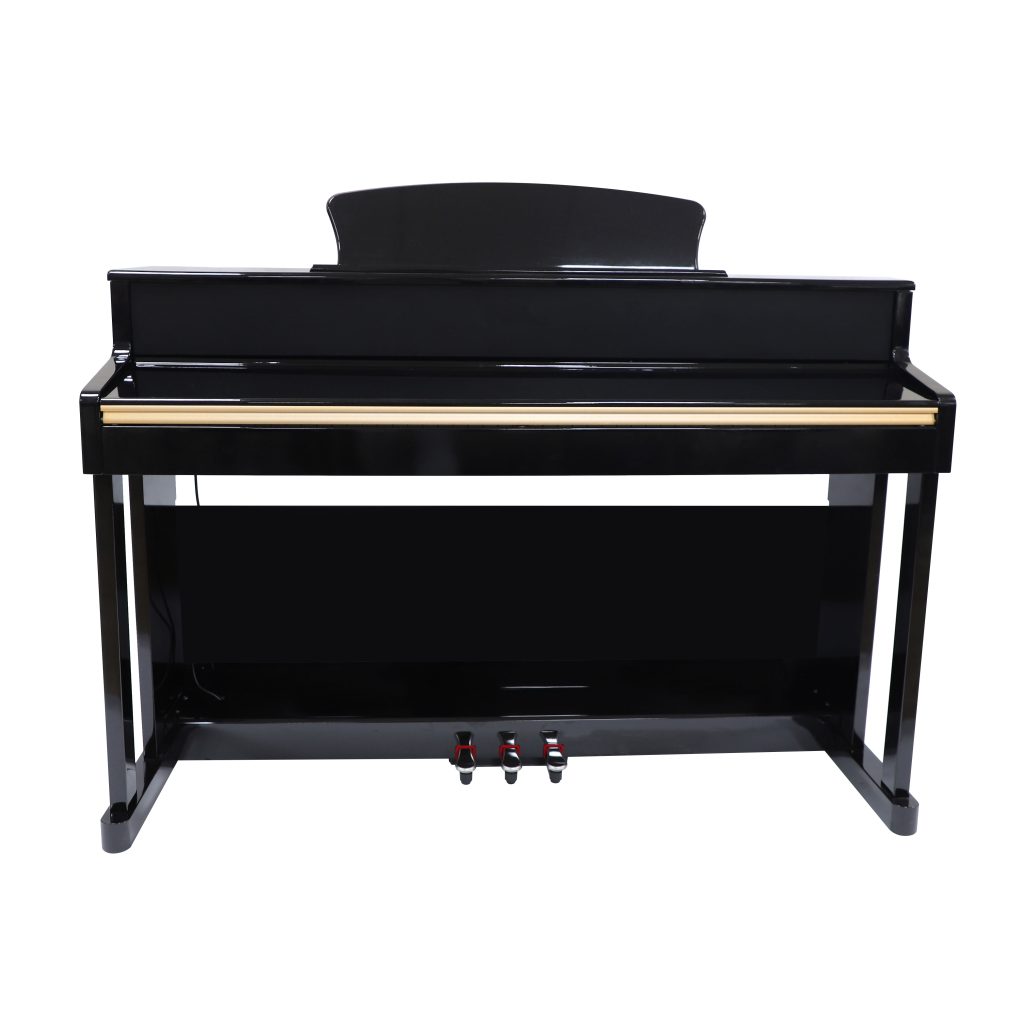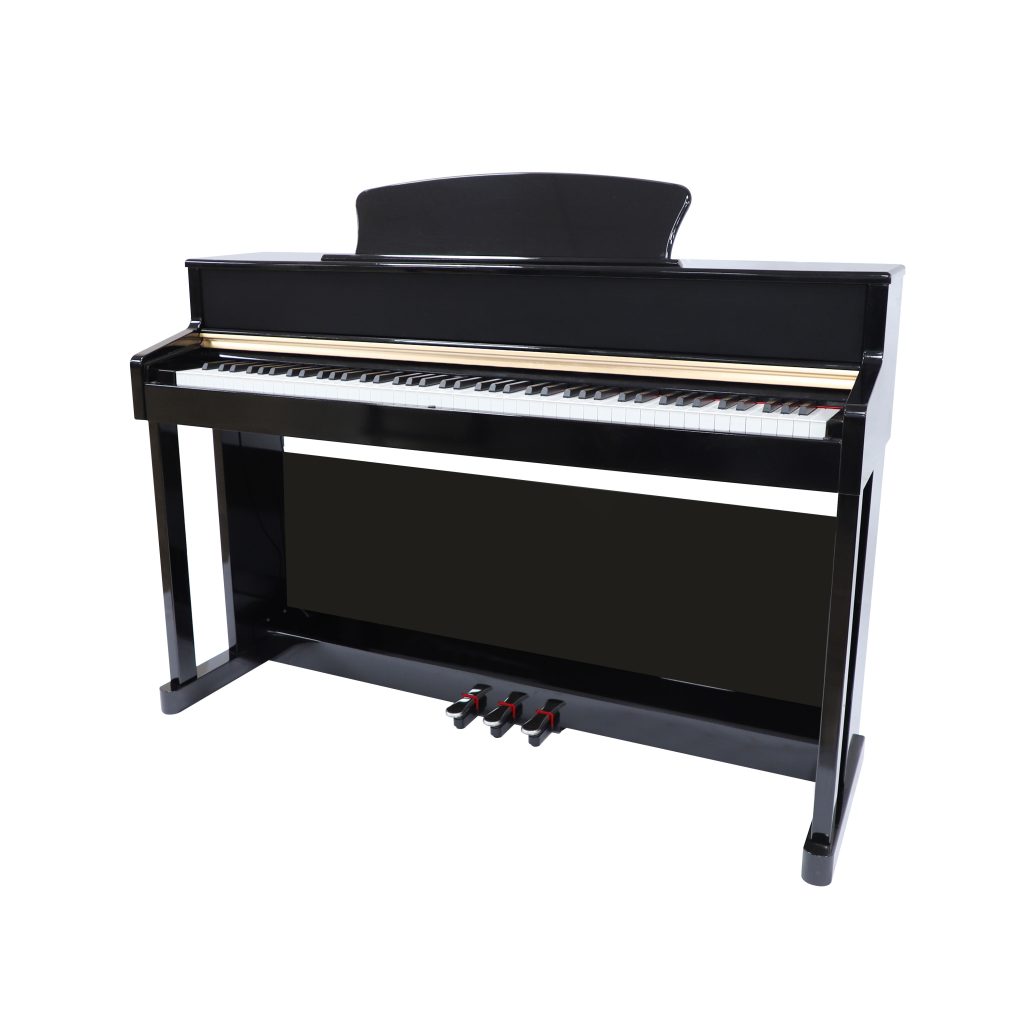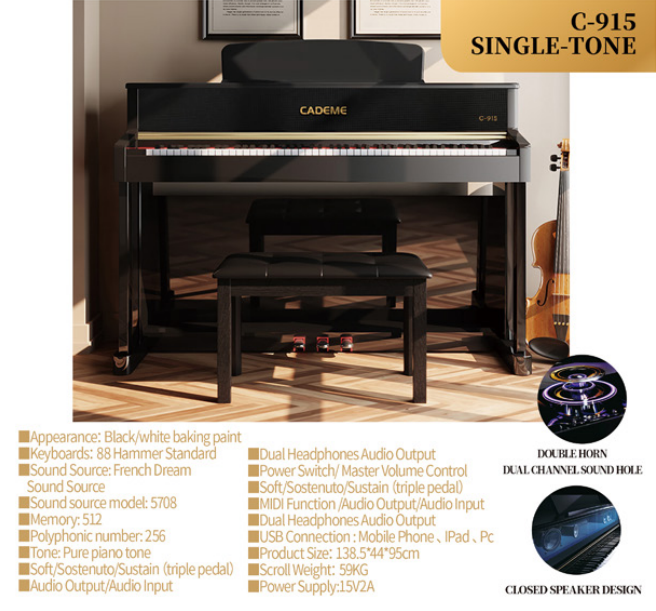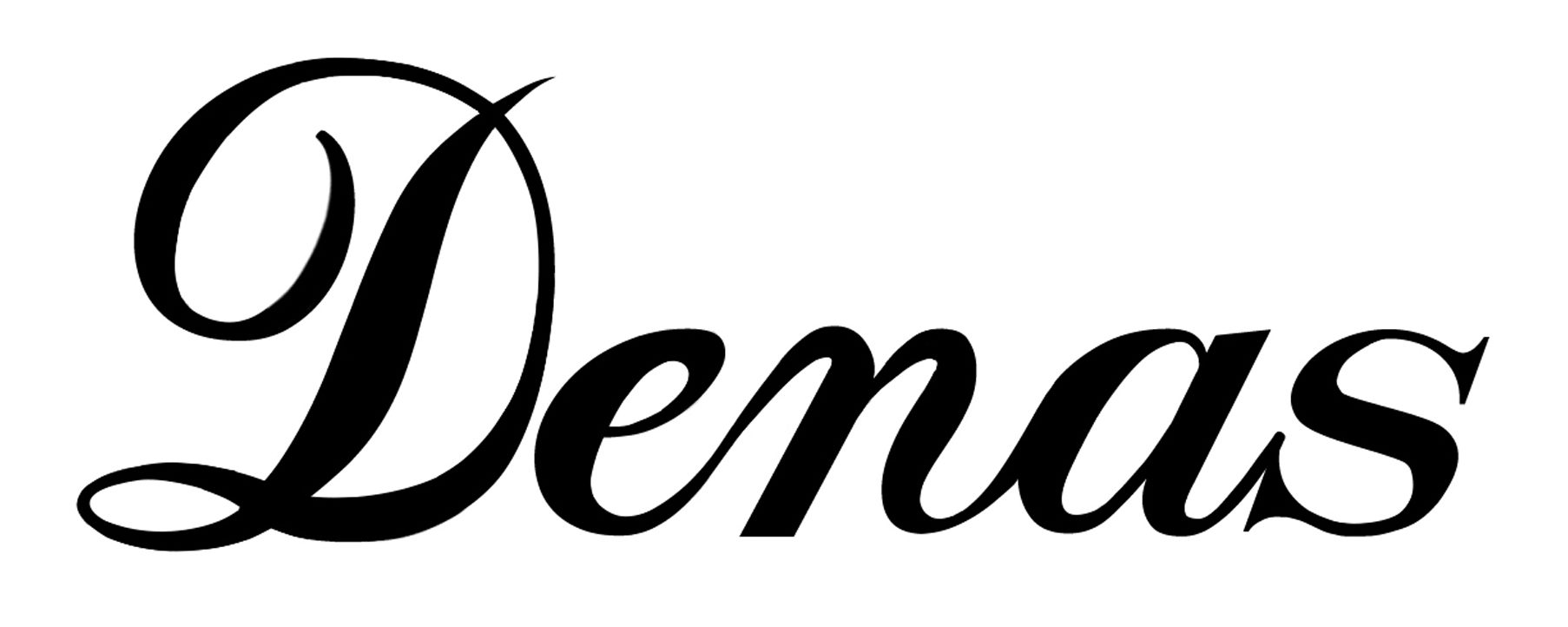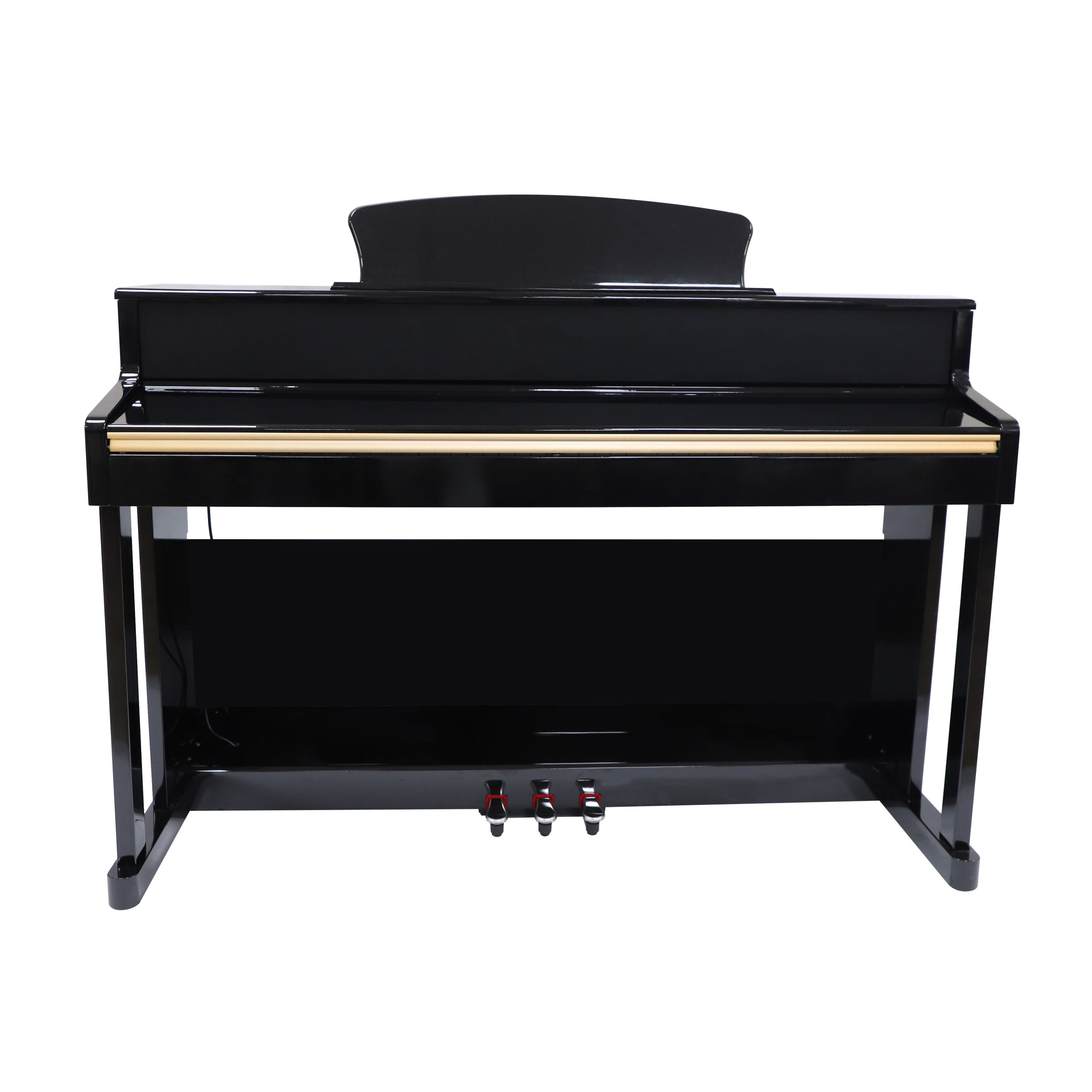Digital pianos have become an essential part of modern music due to their superior energy efficiency, minimal environmental impact, and lack of tuning requirements. As sustainability becomes a priority in all industries, digital pianos stand out as a green alternative to traditional acoustic pianos. Their design reduces energy consumption, eliminates the need for harmful chemicals used in tuning, and ensures a long lifespan with recyclable materials.
Digital Pianos vs. Acoustic Pianos: A Greener Choice
When comparing digital pianos to traditional acoustic pianos, it is evident that digital pianos offer numerous ecological advantages. While acoustic pianos require wood from trees, often including endangered species, and demand frequent tuning using chemical treatments, digital pianos eliminate both concerns.
Sustainable Manufacturing and Materials
One of the key environmental advantages of digital pianos is their sustainable production process. Unlike acoustic pianos, which require large amounts of natural wood, metal, and ivory (in some cases), digital pianos are designed using synthetic and recyclable materials. Many manufacturers have adopted eco-friendly production processes, reducing carbon emissions and waste.
No Tuning Required: A Long-Term Environmental Benefit
Acoustic pianos require regular tuning, which involves chemicals and specialized tools that can negatively impact the environment. These tunings also require professional tuners to travel frequently, increasing fuel consumption and carbon emissions. Digital pianos, on the other hand, never require tuning, ensuring:
- Lower maintenance costs
- No chemical pollutants from tuning procedures
- Reduced carbon footprint from service-related travel
By eliminating the need for regular tuning, digital pianos not only save resources but also reduce ongoing expenses for musicians.
Energy Efficiency: Digital Pianos Consume Minimal Electricity
A major eco-friendly feature of digital pianos is their low power consumption. Unlike large home appliances or energy-intensive entertainment systems, digital pianos are designed to operate with minimal electricity usage.
How Much Energy Does a Digital Piano Use?
Most modern digital pianos consume between 5 to 40 watts per hour, which is significantly lower than many household devices. For comparison:
- A desktop computer uses around 200 watts per hour
- A refrigerator consumes approximately 150 watts per hour
- A television requires 60 to 100 watts per hour
This means a digital piano can run for hours while consuming less energy than a typical light bulb. Furthermore, many models feature automatic power-saving modes, turning off the piano when inactive.
Battery-Powered and Renewable Energy Compatibility
Some digital pianos can operate on rechargeable batteries or solar power, making them ideal for off-grid music production. By integrating with renewable energy sources, musicians can reduce reliance on fossil fuels, further decreasing their environmental footprint.
Reducing Waste: Longevity and Recyclability
A well-maintained digital piano can last for decades, reducing the need for frequent replacements and minimizing electronic waste. Many manufacturers are now incorporating modular designs, allowing for easy part replacement instead of disposing of the entire instrument.
Recyclable and Eco-Conscious Design
Leading digital piano brands are now prioritizing recyclable materials and non-toxic components. Some key sustainable features include:
- Lead-free circuit boards
- Recyclable plastics and metals
- Non-toxic key coatings
This means that at the end of their lifecycle, digital pianos can be responsibly disposed of or refurbished, significantly reducing landfill waste.
Lower Carbon Footprint in Transportation
Another advantage of digital pianos is their lightweight and portable design, which contributes to lower transportation emissions. Acoustic pianos, due to their heavy wooden frames and cast-iron plates, require large trucks and specialized moving services, consuming significant fuel.
In contrast, digital pianos can be easily transported by standard delivery vehicles, reducing carbon emissions associated with shipping. Many compact models also allow musicians to carry their instruments without the need for motorized transport, further minimizing their environmental impact.
Eco-Friendly Accessories and Features
Many modern digital pianos come with environmentally friendly accessories, enhancing their sustainability factor. These include:
- Energy-efficient LED screens instead of power-hungry LCDs
- Sustainable wood alternatives for key construction
- Biodegradable or recycled materials in benches and stands
Furthermore, digital pianos often integrate software-based updates, eliminating the need for hardware replacements, unlike traditional pianos that require constant mechanical repairs.
The Future of Eco-Friendly Digital Pianos
The digital piano industry continues to advance towards greater sustainability. Manufacturers are investing in greener production techniques, energy-efficient technologies, and recyclable materials to further enhance the environmental benefits of digital pianos. Future innovations may include:
- Solar-powered digital pianos
- Biodegradable synthetic key materials
- Advanced energy-saving standby modes
With ongoing technological improvements, digital pianos will continue to lead the eco-friendly music revolution, ensuring that musicians can enjoy high-quality sound without compromising the environment.
The Digital Piano as a Sustainable Choice
Choosing a digital piano is not just about convenience and modern features—it is also about making an environmentally responsible decision. With no tuning requirements, low energy consumption, recyclable materials, and reduced transportation emissions, digital pianos align with the principles of sustainability. Whether for personal use, professional performance, or music education, digital pianos offer an eco-friendly solution for musicians worldwide.
